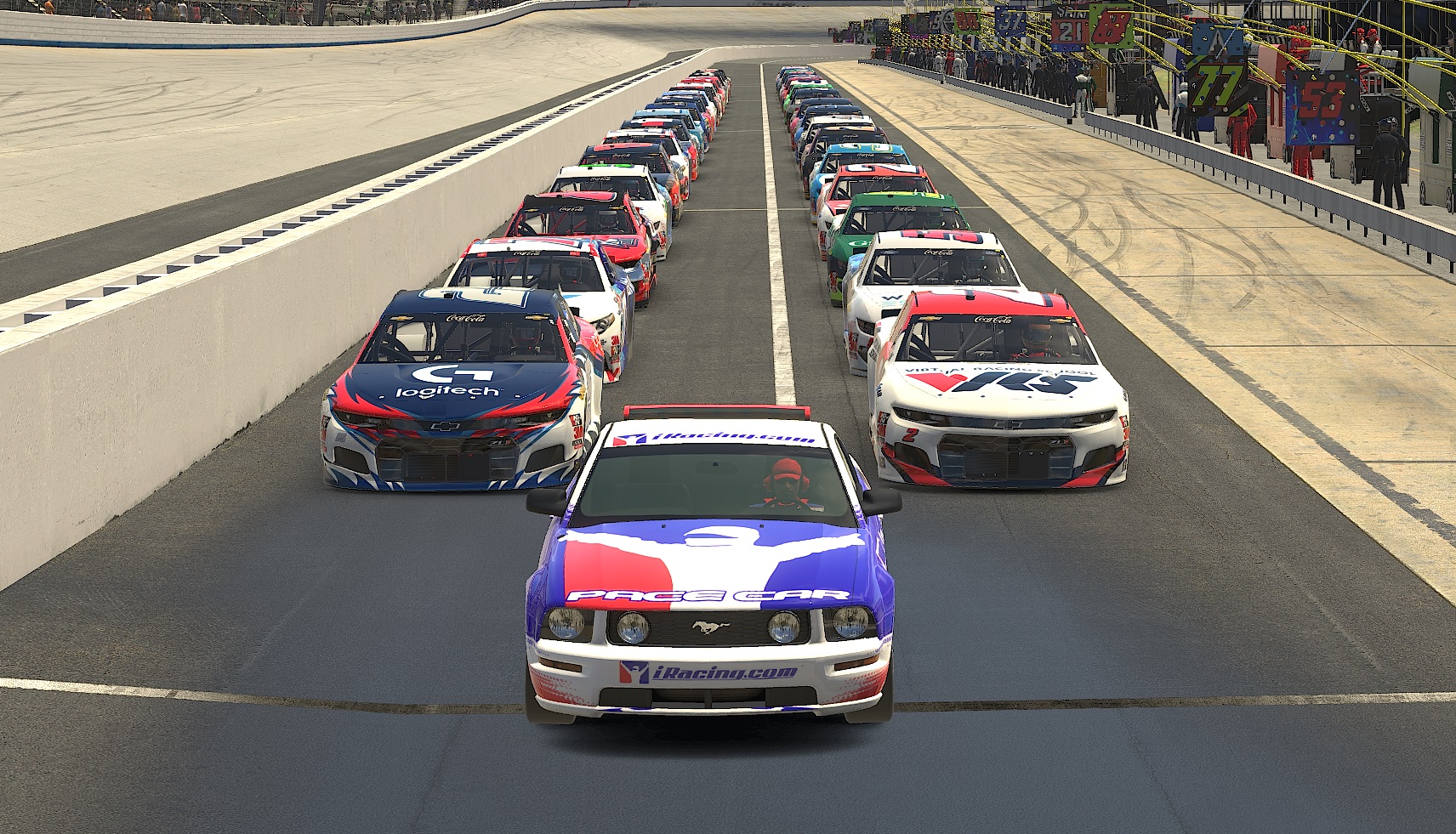Over the past couple of weeks, iRacers may have noticed the addition of the letters “E” and “W” to the American flag when checking which servers are hosting their events. With the dramatic expansion of the iRacing user base to more than 170,000 active members, we have added a number of new server farms around the world, ranging from Virginia to Frankfurt, Germany, in order to reduce network latency between drivers competing on opposite ends of the planet. iRacing principal engineer Randy Cassidy explains how iRacing is responding to increased demands of the service, and what you can expect (and are already seeing):
Due to the global nature of competition on the service, there are often times when a single “split” will have members from all over the world. With the extremely long network paths between Europe and APAC (Australia and New Zealand in particular), network latencies between those regions can be very large. Hosting such a split in Amsterdam (if there are mostly Europeans) or in Sydney (if there are mostly Aussies/Kiwis) causes members from the more-remote region to have extremely high network latency to the server – to the point that cars cannot be positioned reasonably.
The lower the network latency between the racers in a session and the race server, the less delay there is in getting position information from one racer to another, and so the more accurately the sim can position the cars in the simulation world. iRacing currently has race “farms” in Sydney, Amsterdam, and Boston. Sessions where some member pings are best to Amsterdam, and some other member pings are best to Sydney are placed onto our Boston farm to reduce the overall pair-wise latency between drivers.
To improve the ping times for our members in Australia and New Zealand when this occurs, last year iRacing added a network circuit that reaches from Boston into both Sydney and Auckland. This circuit generally has much more consistent performance than “the general Internet”, and significantly better ping times, particularly into Australia. With the change in global Internet traffic, mostly since the rise to the COVID-19 pandemic, some of the subsea and terrestrial portions of our circuit have become more stressed, at times leading to a switch to alternate paths with increased latency, and at times leading to packet loss and varying latency.
iRacing is working with our providers to ensure consistent performance and the lowest latency we can achieve on this circuit. This will involve creating alternate routes across the US and meeting Anycast (our main provider in AU and NZ) at an additional location on the US west coast (Seattle, in addition to our existing meeting in Los Angeles). This will allow us to avoid the problematic (mostly) subsea routes out of Australia, while adding resilience, and ensuring the ability to take advantage of a new subsea route (Southern Cross Next) when it becomes available.
Additionally, iRacing is phasing-in a new race server farm on the US west coast. Initially this new farm is being made available for User-Created Race sessions, while we work on enhancements to our “scheduling” algorithms to more fully utilize this new resource. With these enhancements, we’ll have two alternate locations (Boston, and the US west coast) for splits that have EU and AU/NZ/APAC members. Such a split would be placed onto the Boston farm if the average of the member pings there is better than to the US west coast farm, or vice versa.
Typically, it would likely work out that during “peak” hours in Europe, the sessions would end up in Boston, and during peak hours in the APAC region, they’d end up on our US west coast farm. Pings of our APAC region customers to this new US west coast farm are in the range of 50ms to 80ms lower than to our Boston farm, while pings to it from central/western Europe are about 60ms to 75ms higher.





























































